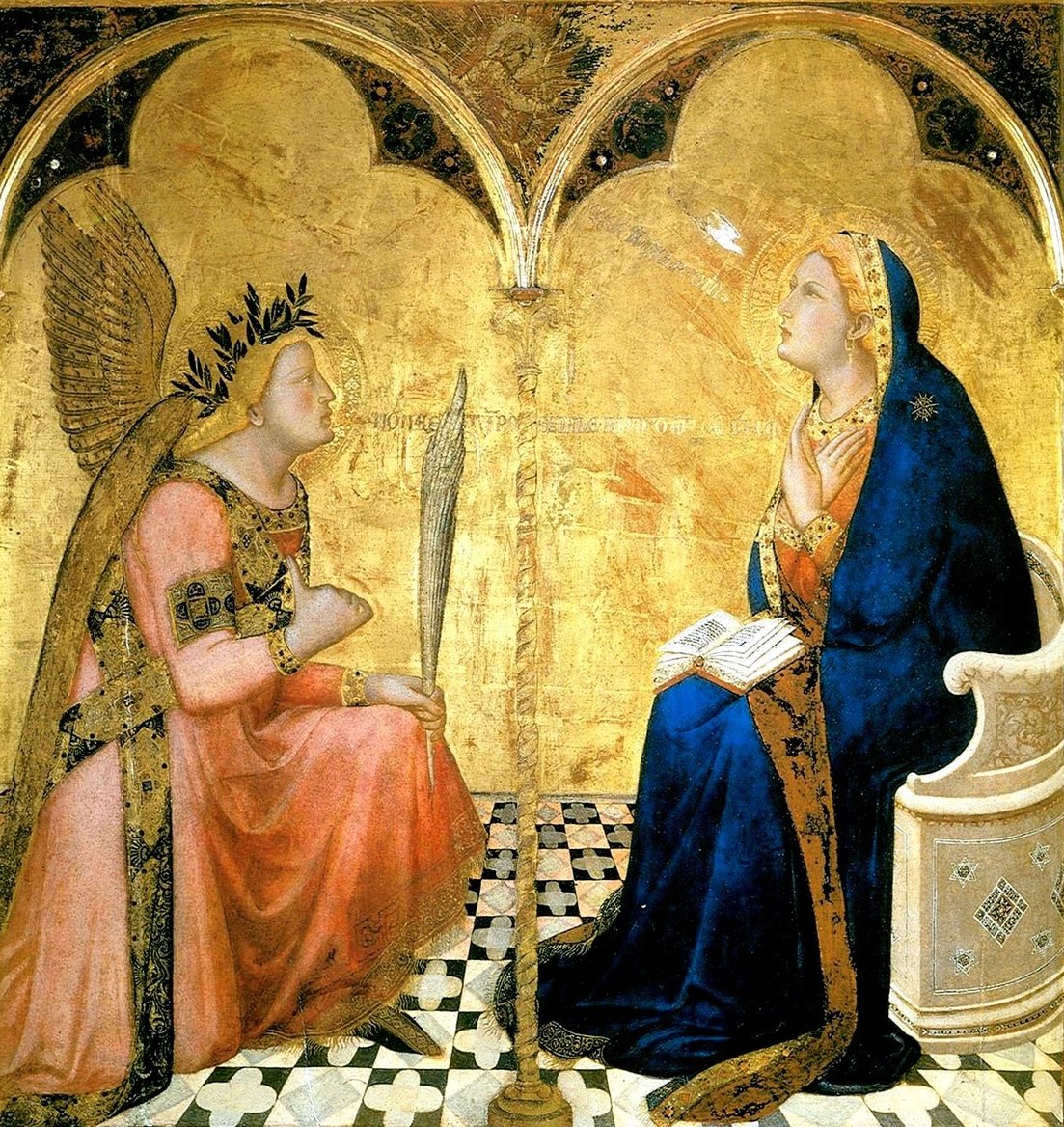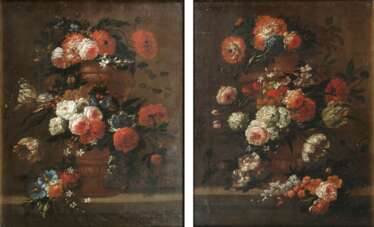salini

Tommaso Salini was an Italian Baroque painter and master of still life. He painted biblical compositions, portraits, and several paintings of the domestic genre.


Bernard Palissy was a French natural scientist, painter, ceramicist and sculptor, geologist and writer of the French Renaissance.
Born into a family of artisans, Palissy apprenticed with his father as a glass artist and traveled throughout southwestern France comprehending pottery and studying geology. Today he is best known for his amazing lead-glazed pottery with images of various animals and people. After seeing a white glazed cup, probably of Chinese porcelain, in the 1540s, he set out to learn the secrets of its manufacture. His early research is described in De l'art de la terre. Although Palissy never succeeded in reproducing what he saw, his experiments gave him a thorough knowledge of the chemical compositions of minerals.
From 1575 in Paris, Palissy gave public lectures on natural history, which were published as Discours admirables (1580). In this treatise, Bernard Palissy touches on an incredibly wide range of subjects, from the techniques of ceramics, metallurgy and chemistry to hydrology, geology and fossils. He correctly identified fossils as the remains of ancient life. This work reveals him as a writer and scientist, a creator of modern agronomy and a pioneer of the experimental method, with scientific views generally more advanced than those of his contemporaries.


Ambrogio Lorenzetti or Ambruogio Laurati was an Italian painter of the Sienese school. He was active from approximately 1317 to 1348. He painted The Allegory of Good and Bad Government in the Sala dei Nove (Salon of Nine or Council Room) in Siena's Palazzo Pubblico. His elder brother was the painter Pietro Lorenzetti.


Mario Nuzzi, nicknamed De Fiori, was an Italian painter of the Baroque period.
Nuzzi was a pupil of the artist Tommaso Salini and was one of the first Italians to specialize in still lifes with floral compositions. From Salini he mastered the style of Caravaggismo. Nuzzi always painted flowers in his paintings, for which he was nicknamed De Fiori - "florist", and in this genre he was an unrivaled master. Floral compositions the artist depicted not only in numerous still lifes, but also necessarily included them in genre scenes of religious and domestic character. He also painted the famous "Concert of Birds", which was then repeated by many artists.
Mario Nuzzi enjoyed the patronage of the highest nobility, he was ordered paintings cardinals and noble family Barberini. In 1657, the Academy of St. Lucia in Rome awarded him the title of Academician. Mario Nuzzi had many famous pupils and followers, and with his work Nuzzi had a great influence on Italian and Spanish genre painting of the XVII century.


Mario Nuzzi, nicknamed De Fiori, was an Italian painter of the Baroque period.
Nuzzi was a pupil of the artist Tommaso Salini and was one of the first Italians to specialize in still lifes with floral compositions. From Salini he mastered the style of Caravaggismo. Nuzzi always painted flowers in his paintings, for which he was nicknamed De Fiori - "florist", and in this genre he was an unrivaled master. Floral compositions the artist depicted not only in numerous still lifes, but also necessarily included them in genre scenes of religious and domestic character. He also painted the famous "Concert of Birds", which was then repeated by many artists.
Mario Nuzzi enjoyed the patronage of the highest nobility, he was ordered paintings cardinals and noble family Barberini. In 1657, the Academy of St. Lucia in Rome awarded him the title of Academician. Mario Nuzzi had many famous pupils and followers, and with his work Nuzzi had a great influence on Italian and Spanish genre painting of the XVII century.


Mario Nuzzi, nicknamed De Fiori, was an Italian painter of the Baroque period.
Nuzzi was a pupil of the artist Tommaso Salini and was one of the first Italians to specialize in still lifes with floral compositions. From Salini he mastered the style of Caravaggismo. Nuzzi always painted flowers in his paintings, for which he was nicknamed De Fiori - "florist", and in this genre he was an unrivaled master. Floral compositions the artist depicted not only in numerous still lifes, but also necessarily included them in genre scenes of religious and domestic character. He also painted the famous "Concert of Birds", which was then repeated by many artists.
Mario Nuzzi enjoyed the patronage of the highest nobility, he was ordered paintings cardinals and noble family Barberini. In 1657, the Academy of St. Lucia in Rome awarded him the title of Academician. Mario Nuzzi had many famous pupils and followers, and with his work Nuzzi had a great influence on Italian and Spanish genre painting of the XVII century.



















































































